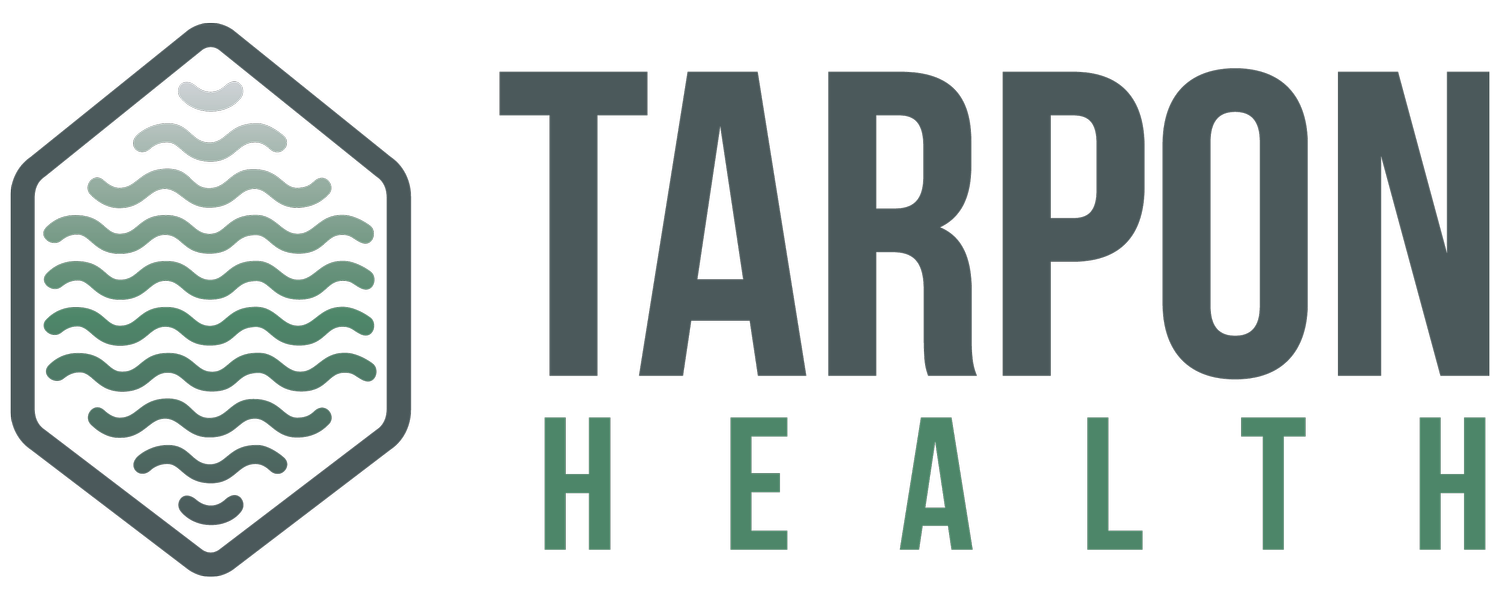A Guide to Identifying RCM Automation Opportunities
In the dynamic landscape of revenue cycle automation, success begins with a pivotal step: identification. Tarpon Health's Automation Lifecycle aptly names this initial phase “Identify”, laying the foundation for a strategic approach to automation development. The guiding principle is to invest time and effort wisely, concentrating on projects aligning with organizational objectives and delivering tangible value. This guide delves into the significance of the Identify phase, covering automation opportunity identification, prioritization, and pipeline development.
Why the “Identify” phase of The Automation Lifecycle matters:
The "Identify" phase in the Automation Lifecycle is crucial for establishing an organization’s automation program foundation. By scrutinizing processes, this phase ensures a focused and resource-optimal approach, aligning automation efforts with business goals. It fosters a culture of continuous improvement, encouraging teams to regularly reassess processes for enhancement. Clear identification mitigates the risk of vague goals and misdirection, steering teams away from building automations that lack tangible benefits. Ultimately, the "Identify" phase establishes a roadmap for successful automation, aligns teams, and maximizes the impact of automation on business processes.
To identify profitable RCM automation opportunities, follow these steps:
Educate stakeholders: Relevant stakeholders, including business process owners, subject matter experts, and management, play a key role. Explain criteria for good automation use cases, focusing on areas where staff are involved with digital technology, processes with high volume and repeatability, and have a limited number of outcomes.
Remember to address key staff concerns early on and be prepared for some pushback from staff seeking clarification on automation and its impact on workflows. The fear of job loss is common and may lead teams to withdraw from identifying opportunities.
Collect ideas from staff: Engage those who know the processes best—your team. Ways to gather use cases include hosting roadshows, conducting detailed presentations and technology demos, holding one-to-one meetings with directors, and hosting monthly discovery workshops. Establish an intake methodology for structured collection and evaluation of automation ideas.
Pull and Analyze Key Data Elements: Data is the lifeblood of any RCM automation transformation process. Identify patterns, trends, and bottlenecks, focusing on process volume, denials, write-offs, and backlogged accounts. These indicators highlight high-volume or high-impact processes that can benefit most from automation, providing staff with bandwidth to address identified issues.
Shadow the process: Perform a first level of design on selected use cases to assess feasibility and complexity. Identify subject matter experts, shadow staff, document and investigate process steps, and validate the volume slated for automation. This data is crucial for estimating ROI and complexity, and ensuring the automation is technically feasible.
Prioritization: Take the time to prioritize and align opportunities with goals. Consider factors like ROI, complexity, and organizational needs. Focus on opportunities with high ROI and low complexity, achieving the most with the fewest resources. Though obtaining this information for each use case can be time-consuming, it saves time and boosts productivity in the long run.
In conclusion, the "Identify" phase is the crucial step that aligns projects with organizational objectives. This phase ensures a focused and resource-efficient approach, cultivating a culture of continuous improvement. By mitigating risks of vague goals, it establishes a clear roadmap for successful automation, maximizing the impact of automation on business processes.
The outlined steps for identifying RCM automation opportunities provide a systematic guide. Addressing staff concerns, engaging the team, and shadowing processes contribute to identifying automation opportunities efficiently. Prioritization ensures a strategic focus on opportunities with the highest return on investment and the least complexity.
Ready to start your automation journey? Tarpon Health can help you create a seamless, profit-forward RCM automation strategy that delivers long-term success. Contact us now to learn more.

